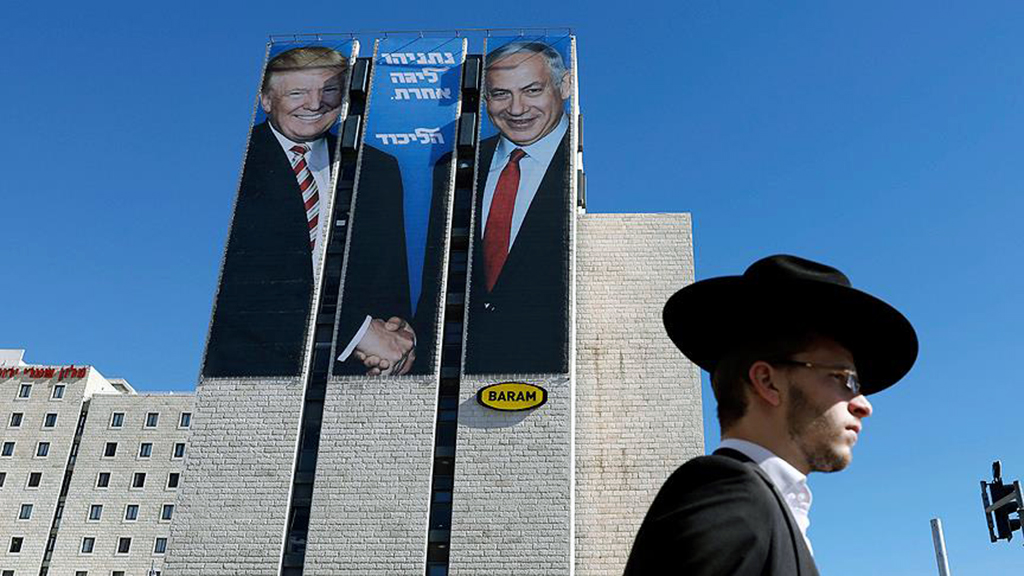
Trump’s Decision Recognizing the Israeli Annexation of the Golan Heights | A clear Violation of Internatıonal Law
What is the context of the decision? What does this decision mean for Israel and for Netanyahu? What are the possible implications of the decision?
Tags »
Related Articles









